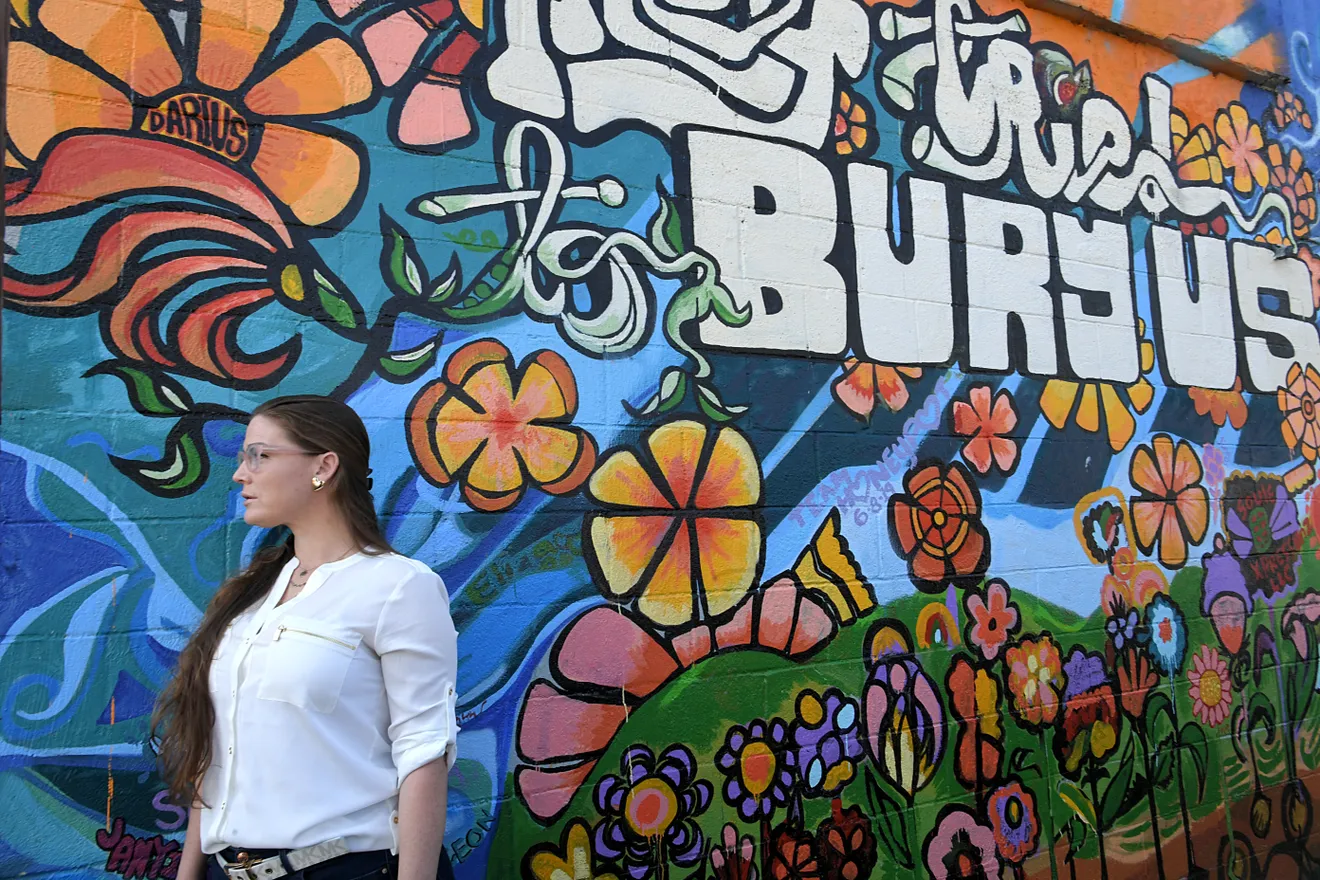
Restorative Stories
Transformative Healing for Survivors of Youth Crime, Condemned Children, and their Families*


Transformative Healing for Survivors of Youth Crime, Condemned Children, and their Families*

These are the stories of those impacted by youth violence and the extreme sentencing of youth who have found healing through restorative justice. Survivors. Families. Communities. Condemned children.
Their testimonies can serve as a beacon of hope for understanding ways to address harm that recognize the potential and promise that exists in every child.
“I wasn’t born someone that was going to commit a homicide, so how did I get here? Where was the first domino, and how did I go wrong? Because if I could understand that, I could prevent that person from manifesting again.” – Tim Deal
An emerging priority of the Campaign for the Fair Sentencing of Youth is to advance transformative, healing, and restorative justice models for addressing harm caused by children. We’re starting with truth-telling as a vital ingredient to understanding the applications and possibilities of these models. We know that to get to the truth, we must hear from those who are most proximate to harm and healing.
These testimonies feature experiences of survivors of youth crime and their families, members of the Incarcerated Children’s Advocacy Network (ICAN), and the loved ones of people given extreme sentences as children.
A common thread among these individuals is their embrace of restorative justice. Each of them has been drawn to this model in some form, as a place to resolve conflict, repair harm, and find healing. It is through sharing their experiences with restorative justice that we hope to elevate and explore this model as a key component in our vision for transformative healing justice.
This story bank is a powerful reservoir of lived experiences detailing ways to address harmful and destructive behaviors that bring healing and restoration. Ways that should be instructive especially when the person who caused the harm is a child.
We can be guided by these stories of young people once judged and treated as irredeemable who have embraced the responsibility of helping others to redeem themselves.
Their stories can help us acknowledge the cruelty and wasted human potential when harm is addressed solely with handcuffs, cages, and condemnation.
Their stories can inspire us to imagine something different.
Through the redemptive power of these stories, we can find our own agency to redeem society into one that treats every child as a child because no child is born bad.
⎯
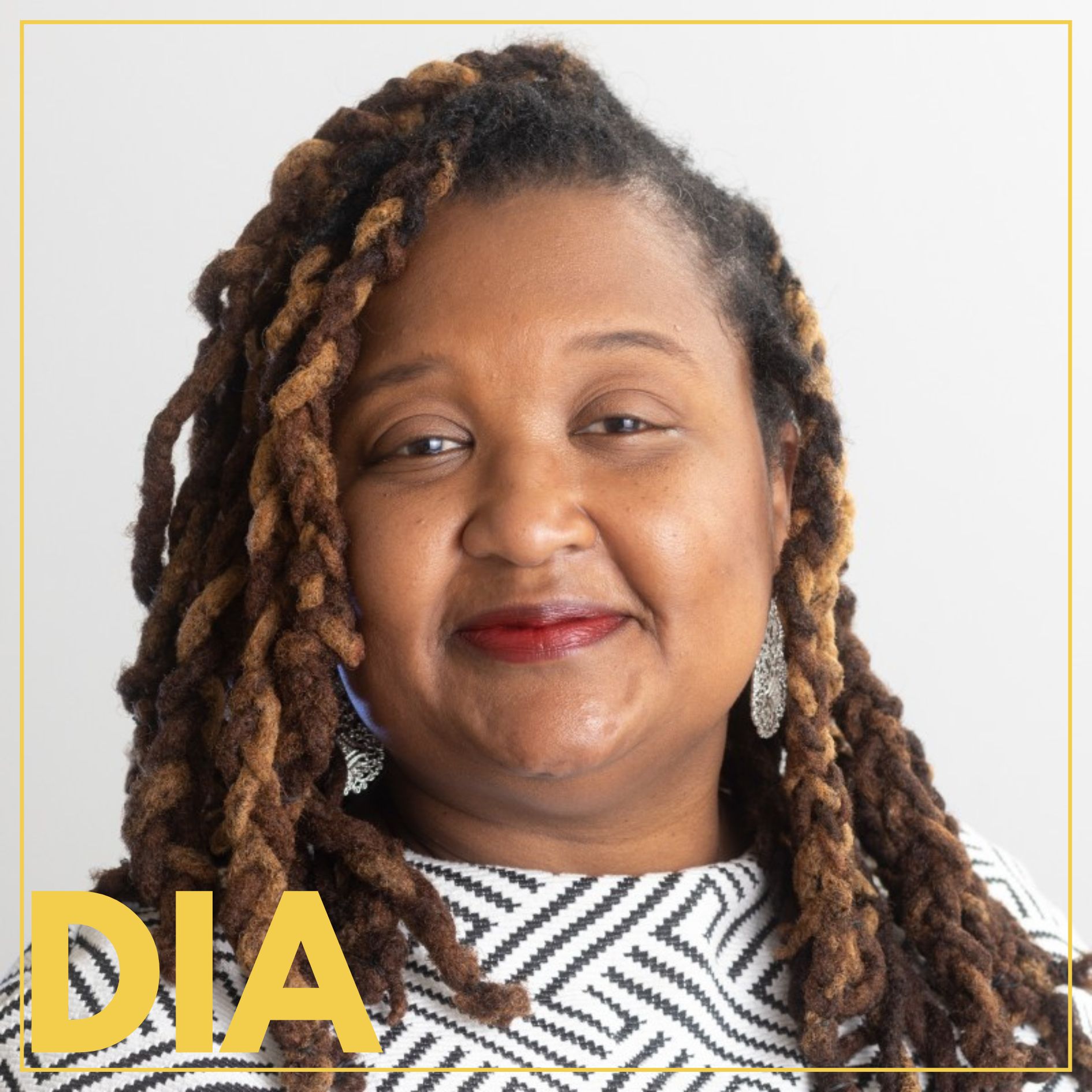
On March 5th, 2021, Dia Mimms’s life was turned upside down when she got the devastating news that her father, David Cheatham, had died in a vehicular accident. When her family found out that the driver of the other car was a 13-year-old boy, A’mier, they felt a profound sense of outrage and sought accountability for the harm he caused.
As she processed her complicated emotions of grief and loss, Dia learned about a restorative justice diversion program that was available in her community offered through the Raphah Institute in Nashville. This program, one of many restorative justice models for addressing harm caused by children across the country, offers an alternative to the criminal legal system by focusing on restoration and accountability, both for those who have experienced and those who have been involved in harm. As she learned more about the options she had outside of the criminal legal system, Dia came to believe that her family would not experience true healing by sending A’mier to prison and pursued a truly transformative and restorative approach through the Raphah Institute program. After a year of facilitated meetings, Dia’s family met with A’mier and his family for a restorative community conference.
Dia spoke about her experience in an emotional and informative video, which we shared at our National Convening this past fall. We encourage you to watch the video in full here.
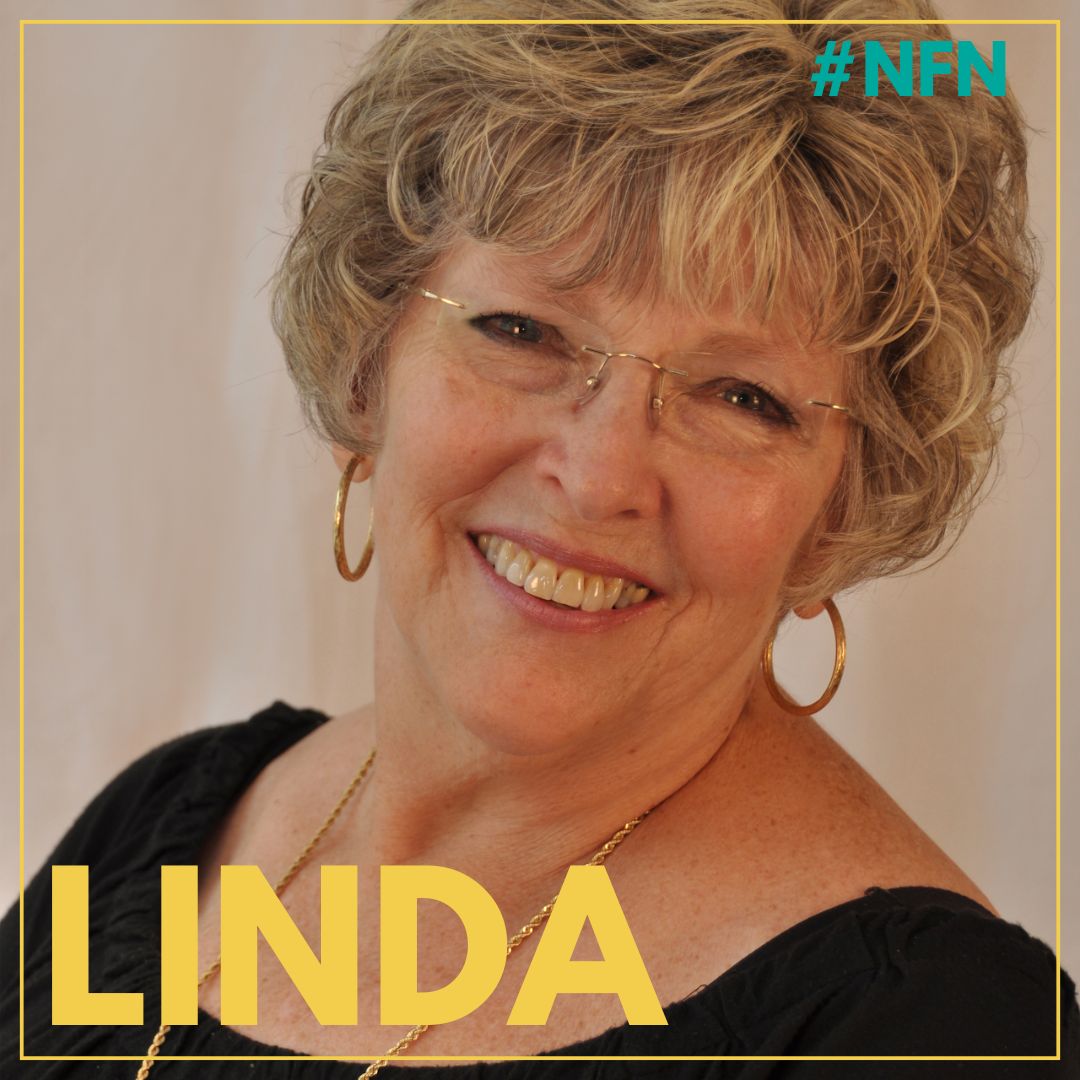
Linda White’s path to restorative justice began after her daughter, Cathy, was killed by two 15-year-old boys. Originally, when the two teenagers were given extreme prison sentences, Linda felt that it was deserved. Then that changed.
After years of grief over the loss of her daughter, Linda observed society’s impulse to keep her in a “fog of bitterness”. Part of that fog was expecting all crime survivors to seek retribution at all costs. Over time, Linda felt burdened by the expectations of how she should experience her grief. She was further troubled by the idea that the criminal justice system was responding to the finality of her daughter’s death with the finality of the end of these teenagers’ lives – it felt like violence was being met with more violence.
Looking for communities to grapple over Cathy’s death with, Linda began to learn about restorative justice. She quickly resonated with the possibility of responding to harm with accountability and repair. Her viewpoint on the teens who killed her daughter began to transform.
One of the teens, Gary Brown, was willing to meet with Linda through a mediated dialogue. Gary shared the complete remorse he felt, and he and Linda connected through conversation.
As a parent, Linda already had a deep understanding that children can make poor decisions, largely because their brains are not yet fully developed. From that first meeting onward, it also became apparent to Linda that growing up in traumatic and devastating environments can contribute to children making decisions with traumatic and devastating consequences. Gary described to Linda how he grew up in an abusive and neglectful environment. While he never excused his actions for these reasons, Linda was able to see the wider context that Gary existed in and some of the factors that could have led Gary to participate in violent acts.
When Gary was released in 2009 after serving 23 years in prison, Linda was pleased. She found tremendous healing in the fact Gary became the man he is today which instilled in her a strong belief that young people who commit harm are capable of transformation. To that end, Linda had also transformed, from someone who supported extreme sentencing for children to someone who strongly advocates against them.
Linda’s own transformative healing experience through her relationship with Gary has motivated Linda to bring others healing through restorative justice. She’s done so as a PhD student at Texas A&M, as a faculty member at SHSU, as a prolific speaker on restorative justice and victims’ issues, and as a steadfast advocate to end the extreme sentencing of youth. She repeatedly hears from incarcerated individuals that the most difficult thing they’ve ever had to do is interact with the people they have harmed, but that it is also frequently the most profound healing experience for all parties, including survivors like her.
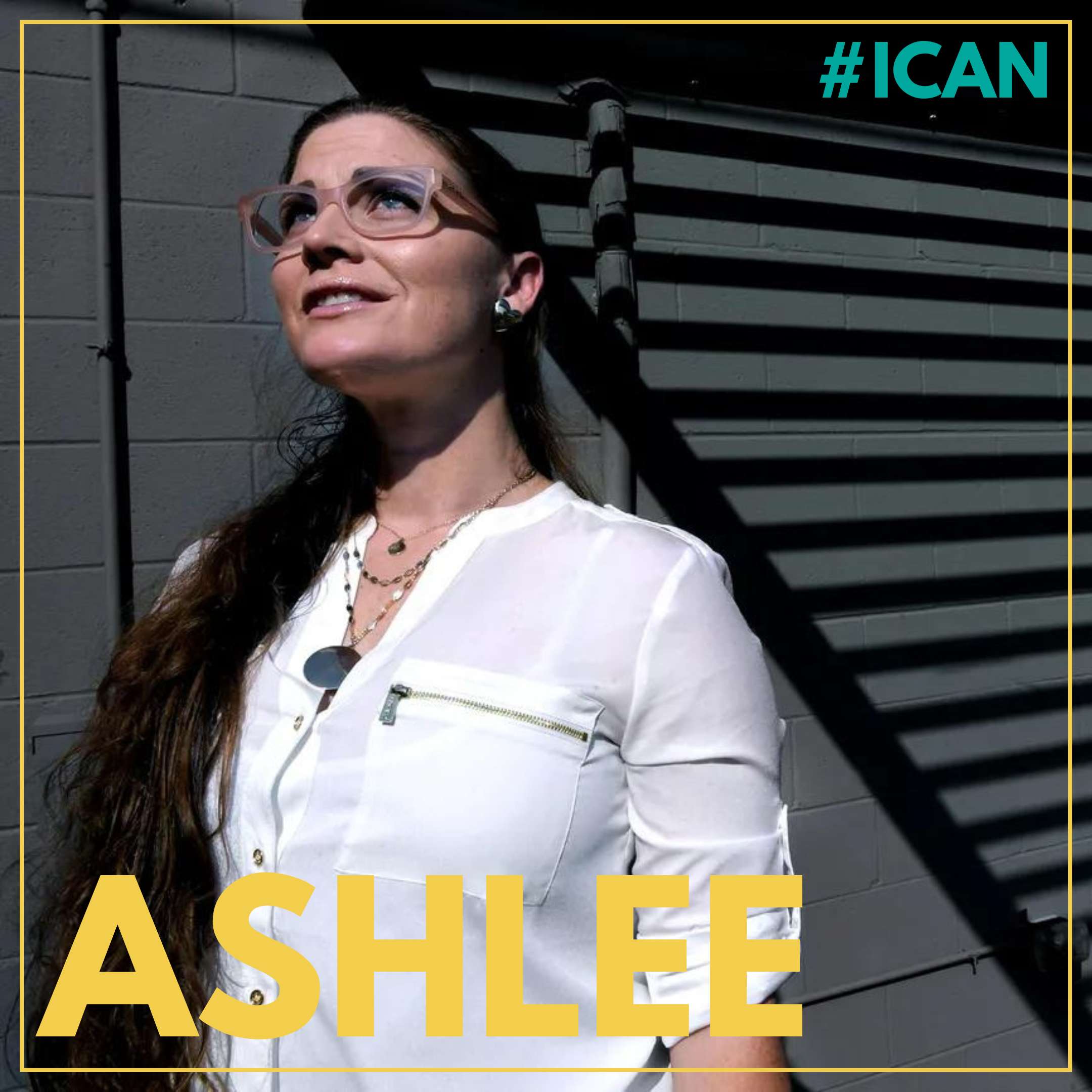
At the age of 17, Ashlee Sellars began serving over 21 years in prison for harm she caused to another family. Today, since her release, she is dedicated to ensuring that people like her and the family she harmed have more and better options for accountability, justice, and healing.
“When youth can resonate with the person they harmed and feel the impact of their actions,” Ashlee says, “it causes them to go through their lives differently.”
As a Trauma Coach in Raphah Institute’s Accountability and Restoration Conferencing (ARC) initiative, Ashlee works with people who have caused violent harm and those whom they have harmed. She helps facilitate a process where they explore the harm, its impact, and repair.
Incarcerated as a child, Ashlee knows firsthand how powerful this alternative approach can be. She sees how ARC can be more challenging yet incredibly transformative for people who have caused harm and how powerful it can be in offering justice and healing to those harmed. Over the past seven years, Ashlee has witnessed how this model can break cycles of violence, trauma, and incarceration, changing lives for the better on both sides of the gun.
Many Incarcerated Children’s Advocacy Network (ICAN) members use their lived experiences to prevent youth harm and promote community healing through restorative justice models. Learn more about Ashlee’s work here.
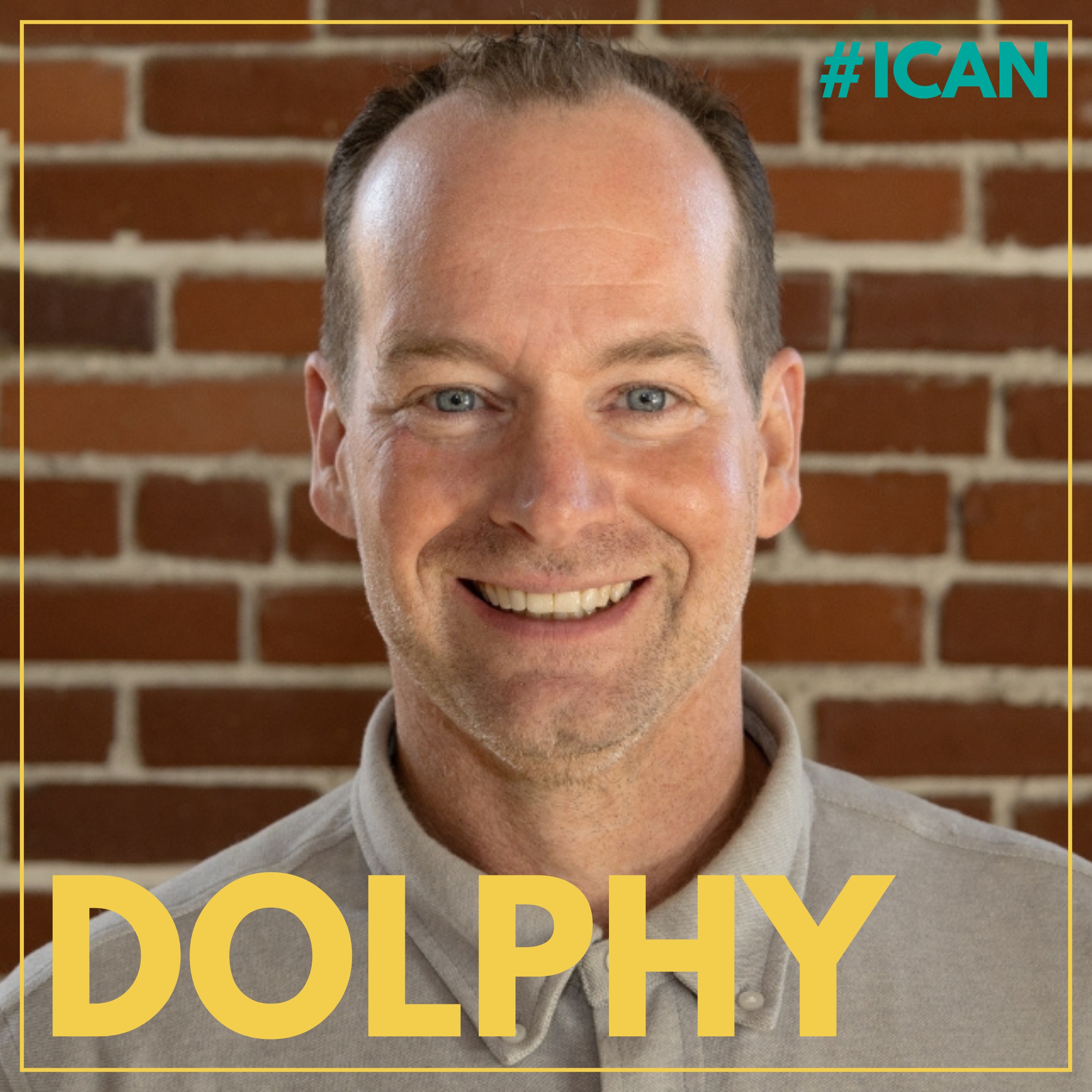
Every day, Dolphy Jordan works to break the cycles of violence he was once part of.
For committing a violent act as a child, Dolphy was labeled irredeemable. Seeing other young people similarly judged, he dedicated himself to disproving this message throughout his incarceration.
With limited access to programming in prison, Dolphy sought personal growth and healing wherever he could. As he grew older, he began mentoring others, including young people. Through dialogue and circle processes, Dolphy discussed choices and consequences with youth, sharing how he grappled with the weight of his actions, their impact on his community, and his intention to make amends.
Though he had heard of “restorative justice,” it wasn’t until after his release that Dolphy fully understood it. He realized he had been practicing its values all along. Joining Collective Justice, he was formally trained in Healing, Education for Accountability and Liberation (HEAL), and became a Dialogue and Accountability Process (DAPs) facilitator. In this role, Dolphy offers survivors of serious harm, or those who have lost loved ones to violence, the chance to engage directly with those responsible for the harm to foster accountability and healing.
Dolphy has witnessed profound transformations through these dialogues. As participants unearth the root causes of harm and understand how existing conditions perpetuate violence, they gain deeper insights into why the harm happened. This understanding creates space for transformative justice, identifying solutions to prevent future harm.
Dolphy still works to disprove the notion that children who commit violent acts are irredeemable. He advocates against dividing young people into violent and non-violent categories. “When you make that distinction, the kid feels it. They feel like they have to act differently. It’s just sending the wrong message—basically saying that one kid is better than the other, when they’re both redeemable.” His work demonstrates that those impacted by violence can heal and transform through restorative justice processes when given access to them.
Dolphy’s journey from a teenager who committed a violent act to a leader in restorative justice and founding member of the Incarcerated Children’s Advocacy Network (ICAN) is a testament to the power of redemption. Learn more about his work here.

Surviving in prison as a child, Armand Coleman remembers being committed to “his reputation as a gangster” during his first two decades of thinking he would spend his life behind bars. He had little confidence that any program in prison could alter his understanding of himself or his crime. Then he attended his first restorative justice circle.
“I listened to parents who lost children to violence as they described the intense pain of their loss and amazingly, expressed a desire to work with us, the perpetrators of harm, to bring about change. Their willingness to reach across what I thought was an unbridgeable divide moved me to break my longest-held rule: I cried openly.”
Before that moment, he wouldn’t be able to picture where he is today: a founder and executive director of the Transformational Prison Project (TPP), a restorative justice organization in Massachusetts. The program focuses on dialogue and brings together volunteers, people who are incarcerated or recently released from prison, victims of crime, and relatives of crime victims. This work builds on the later years of his incarceration, during which he expanded restorative justice inside the Department of Corrections, “focused on recruiting the most influential men in the prison, many of them lifers, considered incorrigible.”
It’s through all this work that he’s expanding the understanding between survivors and drivers of youth harm, including their commonalities. “Me recognizing myself as a victim first allowed me to acknowledge the people that I victimized.” Over the years, Armand says he came to realize, “every crime that I ever committed, every harm I ever committed, I was living out my own trauma that happened to me as a child.” According to the National Center for Victims of Crime, more than 90% of children who are in the criminal legal system experience extreme levels of trauma or abuse. Armand has set out to remedy this through his work to address harm and find healing, including through TPP’s recent efforts to invest in occupational therapy activities for those incarcerated as children to confront the damage of sensory deprivation that comes with growing up incarcerated.
Learn more about his work here.
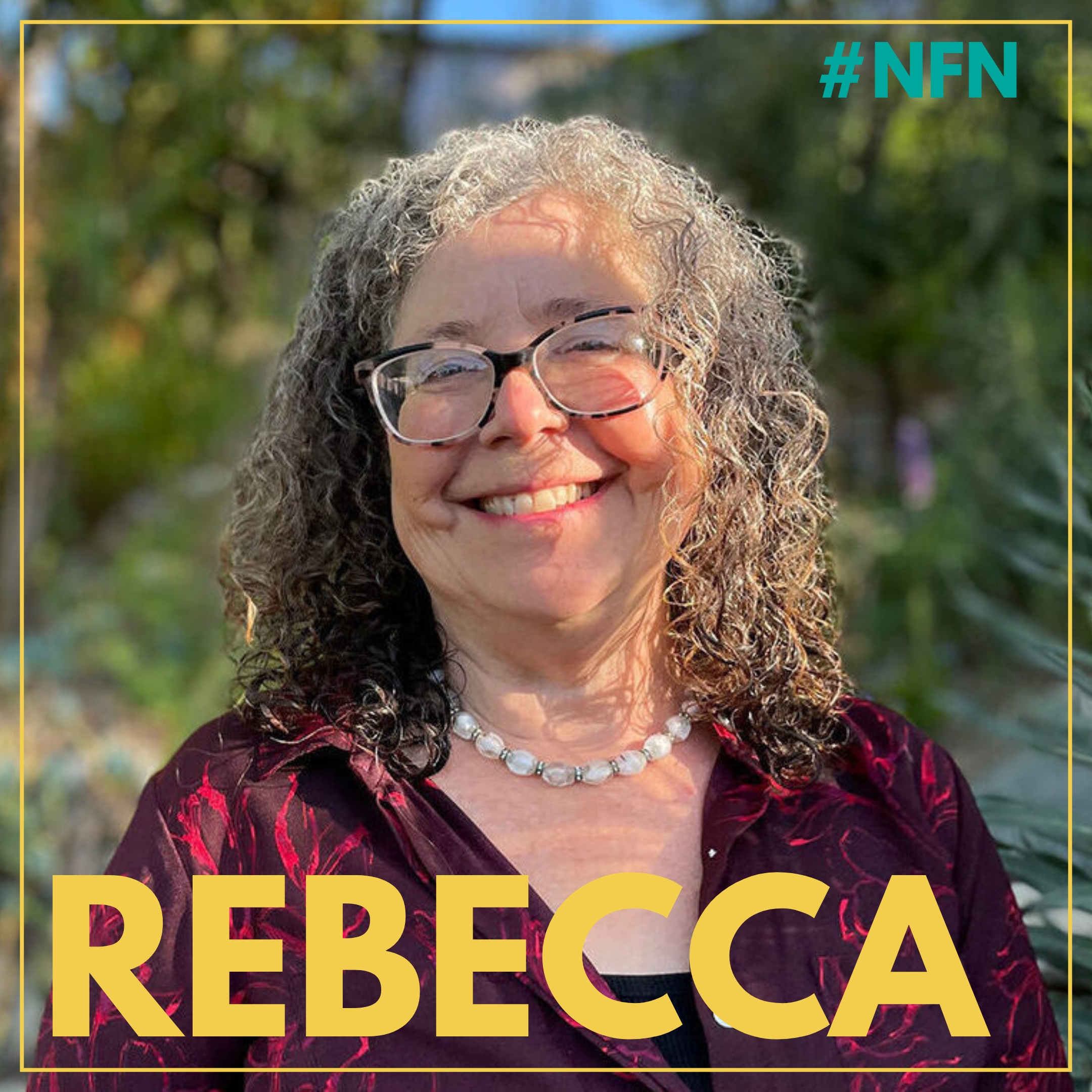
Rebecca remembers her sister as a committed advocate for justice and healing. Even though she lost her sister to violence, Rebecca believes that it dishonors her sister’s memory every time a young person is sentenced to die in prison.
Rebecca’s sister, Wendy, was a talented therapist who was tragically killed by one of her young clients. For over 20 years, Rebecca has not shed the heartache and deep sadness that comes from not having her big sister in the world. In processing her grief with others, Rebecca was struck by how her experience of profound loss is shared by the family members of young people who cause harm and are given extreme sentences. She also understands that so many young people who cause harm were victims of harm themselves and that these experiences are the impetus for a cycle of violence.
“I can’t bring my sister back,” Rebecca says. “But when I imagine stopping those ever-widening circles from flowing outward, I can feel her presence.” Instrumental in passing a law in California that gave more than 300 young people serving life without parole a chance for review, she chooses to respond to harm in ways that can mend, restore, and transform.
As the Co-Director of the Mend Collaborative, an organization that facilitates restorative justice dialogues, Rebecca is doing exactly that. She founded the Mend Collaborative with Miguel Quezada, who was formerly incarcerated for the violence he committed in his youth. Together, they are dedicated to providing survivors the opportunity to share their experiences with harm and incarcerated people the opportunity to express their accountability and remorse while gaining insight into the harm they caused.
In her view, without addressing harm together, how are we to prevent it? Learn more about Rebecca’s leadership in restorative justice and transformative healing here.

It was four days before Christmas in 1995 when Sharletta’s 3-year-old son Casson, better known as Biscuit, was murdered in a drive-by shooting. It wasn’t until Christmas Eve, when the suspects were arrested, that Sharletta learned the shooters were three teenage boys.
During their trials, still in shock and riddled with grief, Sharletta was confused how three young boys had access to guns and wondered what had happened in their lives to lead them down this path of violence. The district attorney, determined to use the boys to “set an example,” charged two of them as adults. One of them, Raymond Johnson, was sentenced to life in prison without the possibility of parole at only 16 years old.
Initially feeling like justice was served, in the ensuing years, Sharletta realized that her healing journey had to start with forgiveness. In 2012, Sharletta and Raymond participated in Colorado’s first-ever victim-offender meeting. Sharletta learned of Raymond’s troubled home life growing up, the actions he took inside prison to better himself, and the genuine remorse he felt for the pain he caused her family.
Sharletta fearlessly took her pain, brokenness, and grief and transformed them into the power of forgiveness and love for Raymond. In that first meeting, Sharletta ‘adopted’ him as her son and has been on the front lines of ending juvenile life without the possibility of parole ever since. After years of lobbying for his release, Sharletta welcomed Raymond home in 2021.
Wanting to help other survivors navigate their own grief journeys and empower them to become instruments of change, Sharletta founded the Colorado Crime Survivors Network, an organization dedicated to promoting the healing process between survivors and children who cause harm through their restorative justice campaigns. Although tragedy brought her to this work, Sharletta’s impact on the movement to end the extreme sentencing of youth is immeasurable.
Campaign for the Fair Sentencing of Youth (EIN 27-3761788) is a registered 501(c)(3) nonprofit organization

